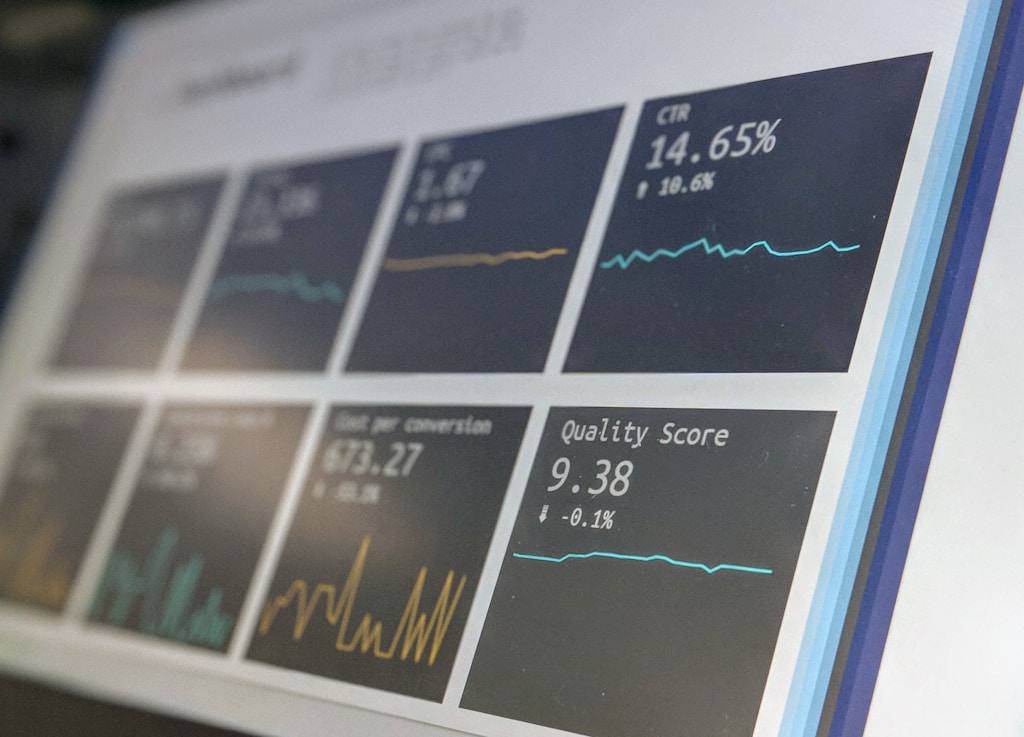The cryptocurrency market is experiencing significant capital outflows amid growing concerns over global trade tensions, with Bitcoin leading the exodus according to the latest CoinShares report. Total crypto investment products saw net outflows of $240 million in the past week, marking one of the largest weekly withdrawals of 2025.
This market movement comes as recent trade tariff announcements have sent shockwaves through both traditional and crypto markets, testing investor confidence across all asset classes.
Bitcoin Bears the Brunt of Investor Exodus
Bitcoin experienced the most substantial outflows, with investors withdrawing $207 million from BTC investment products. Despite this short-term bearish sentiment, Bitcoin’s year-to-date inflows remain positive at $1.3 billion, suggesting longer-term investor conviction remains intact.
The impact on prices has been severe, with Bitcoin dropping below the critical $75,000 support level as short-term holders face mounting pressure to sell.
Altcoin Market Faces Similar Pressure
Ethereum wasn’t spared from the market turbulence, recording $37.7 million in outflows. Other major altcoins including Solana and Sui saw outflows of $1.8 million and $4.7 million respectively. However, Toncoin (TON) managed to attract $1.1 million in new investments, demonstrating selective investor appetite for specific projects.
SPONSORED
Navigate market volatility with up to 100x leverage on perpetual contracts
Regional Investment Patterns
The geographical distribution of outflows reveals interesting patterns:
- US investors led withdrawals with $210 million
- German investors pulled out $17.7 million
- Canadian investors showed resilience with $4.8 million in inflows
Market Resilience Despite Pressure
Despite the significant outflows, total assets under management (AUM) have shown remarkable stability, increasing 0.8% week-over-week to $132.6 billion. This resilience stands in stark contrast to traditional markets, where MSCI World equities declined 8.5% during the same period.
FAQ Section
Why are investors pulling money from crypto now?
Investors are responding to global economic uncertainty, particularly concerns about trade tariffs and their potential impact on economic growth.
Is this a long-term bearish signal for Bitcoin?
While short-term sentiment is cautious, Bitcoin’s strong year-to-date inflows of $1.3 billion suggest sustained long-term investor confidence.
How does this compare to previous market corrections?
The current outflows, while significant, haven’t matched the severity of previous major corrections, and AUM remains relatively stable.




